Cherries in the Snow, by Kevin A. Teare
“Insofar as the theorist wins, therefore, by constructing an increasingly closed and terrifying machine, to that very degree he loses, since the critical capacity of his work is thereby paralysed, and the impulses of negation and revolt, not to speak of those of social transformation, are increasingly perceived as vain and trivial in the face of the model itself.”-Frederic Jameson1Jameson, F. (1984) ‘Postmodernism, or The Cultural Logic of Late Capitalism’, Duke University Press, page citation pending
“The very first time I heard The Hollywood Argyles sing ‘Alley Oop’ I knew it was meant for me.”
Kevin A. Teare
In 1974 I made my first trip to New York from Indiana in my army green Chevy Vega station wagon. At the time I was twenty-three and had been painting about three years. I was accompanied by the painter Ronn Johnson, the only Beatnik I ever knew well. In the early 60’s he bought his LSD from the C.I.A….directly. He was my friend and mentor, though at the time I only thought of him as an older friend. Also in my car were Gene Peach, an ex-student of Ronn’s, and Daryl Marshall, a guitarist in a local Indianapolis soul band….think Teenie Hodges. As we crossed the Brooklyn Bridge, Aretha Franklin came on the radio. She sang Paul Simon’s “Bridge Over Troubled Water”. It was a dark and cold February night but we glided into Manhattan, welcomed by the bridge lights and Aretha’s amazing rendition. We hadn’t actually called any of Ronn’s NYC contacts ahead of time…we just dropped in and asked to crash there. Daryl peeled off to stay with a girl he knew from home, so it was Gene, Ronn & I knocking on Corneel and Trish Verlaan’s door the first night.
“Hi Corneel, can we stay with you and Trish in your loft tonight ?”
Can you imagine such a thing ?
They were not jumping up and down with joy at our late night surprise arrival, but they did let us stay with them in their Lispenard Street loft a couple of nights. Two days later we dropped in on Ronn’s friend Max Gimblett, at his Union Square studio. Max, originally from New Zealand, had a painting studio in Bloomington, Indiana, though I didn’t know him there. His wife Barbara Kirschenblatt had been studying Art History at Indiana University. Now he was making large colourfield paintings using diamond screen grates and three-foot-wide rollers. Again, we needed a place to crash, so after a few tense minutes he relented and told us to come by later as his wife was out of town.
The following morning Max encouraged us to go to the Museum of Modern Art and check out a recent acquisition: they had just purchased Jules Olitski’s “Willemite’s Vision” from 1972. It was a humongous eight-by-seventeen-foot spray-painted number with zips of slightly contrasting color around the outer edge. It had an ugly gold metal frame which didn’t help matters. It looked plastic, crunchy and very different from his earlier work which was highly influenced by the staining techniques of Frankenthaler and her contemporaries in the Washington Color School. As I was squinting and backing up, attempting to see what my elders saw in it, I backed into a smaller work on an opposing partition wall. Turning around, I noticed the words “The Italians” scrawled in the middle of the painting. It was like the kind of graffiti you might see in the stall of a funky gas station men’s room. Like the Olitski, it was mostly white.
I turned to Ronn and said: “Why are we looking at the Olitski? We should be looking at this.”
Ronn said: “Oh yeah, that’s Cy Twombly…he’s been around.”
I’d never heard of him; but I’d never look at painting the same way again.
I went to the MOMA gift shop. There were no books on Twombly, there wasn’t so much as a postcard of anything by him. Why wasn’t anyone talking about him?
On this trip I’d see my first Guston (‘Dial’), my first de Kooning (‘Door To The River’) and my first Pollock (‘One,#31’)…
After the third day we split up and I was taken in by my stepbrother, an actor living in the West Village who was doing well making television commercials. The following day Ronn and I would go to the Bykert Gallery where this extremely attractive assistant, who turned out to be a twenty-three year old Mary Boone, consented to take my slides. They would be returned intact to me a few weeks later with a hand written note, thanking me for my interest in their gallery…so professional !
By trip’s end I’d eaten linguini and clam sauce at Fanelli’s Bar on Prince Street, visited the Cunningham Ward Gallery where my new friend Max showed. There I would also see works by Ross Bleckner, John Walker and Alan Cote. I saw more great painting in four days than I’d seen in the previous twenty-three years. Returning to Indiana would be challenging…but I didn’t know that yet.
***
I’ve read that if a swimmer or surfer is attacked by a shark and survives, every conversation they have henceforth will eventually get back to the shark.
My shark attack occurred in 1963 but didn’t involve a man-eating fish.
Personal history, as regards family-of-origin issues, has teeth all its own.
In August of 1963 I’d play my last Little League baseball game in Zionsville, Indiana, and watch my parents’ marriage unravel. In November I was shocked, along with everyone else, at President Kennedy being shot out of the back seat of a Lincoln Continental at high noon while motorcading through Dallas. December saw my parents divorce and both move out of the house, leaving me to be cared for by my older sister who was twenty-two at the time. In late January of 1964 my mother remarried an old family friend and relocated to the opposite side of Indianapolis. I’d join my mother and new stepfather in June and promptly be shuttled off to Culver Military Academy in northern Indiana. There I would study under Warner Williams, a bas-relief sculptor who had been commissioned to do a posthumous plaque of J.F.K. A year later, in August of 1965, my father died in an automobile accident while driving a Chevy Corvair…Ralph Nader’s book “Unsafe at any Speed”, all about this same model of car, would come out a couple of months later. All of this while I was hitting the glories of puberty.
Having heard thousands of life stories, I can say that my own, as regards family chaos, lies somewhere around the middle register. While being eternally grateful not to have hit puberty in Aleppo, Phnom Penh or My Lai, my story is all mine…no one had to walk through it but me. Like most children who experience personal tragedy, I left childhood the way one might walk out of one room and into another. It would take navigating a desert fifteen years wide before reaching the next room, the one marked “ADULTHOOD”, and I’d get in that room by crawling in.
***
I believe it was this chain of events, at this time, that so indelibly imprinted the gravities of history upon my preferences and aesthetics. My family heroes were evaporating, so I’d find others. In the sports world I looked up to the boxer Cassius Clay (Muhammad Ali), the Scottish F-1 and Indy car driver Jim Clark, and Baltimore Colts Quarterback, John Unitas.
In music The Beatles were EVERYTHING. But not just them…the whole of the British Invasion: The Dave Clark Five, Peter and Gordon, The Rolling Stones, The Kinks, The Zombies and The Who. Whilst at the military academy, my friend Nick Stout, a Detroit kid, told me that The Who destroyed their equipment at the end of their concerts; he didn’t have to explain why.
This time period would also mark the beginning, in subtle ways, of my questioning of “our” America. I was raised by parents who were fiercely loyal to our form of democracy and national heritage. My father was a UAW factory worker at International Harvester, and my mother a newspaper woman at The Indianapolis News. As a kid the only thing I ever wanted to be was a U.S. Marine.
All of that would start to change shortly after JFK was murdered. Two days after the assassination, Jack Rubinstein, a strip club owner and bagman for the mob, lurched from a crowd of reporters in the basement of the Dallas Police Station and shot Lee Harvey Oswald, who was seemingly one of the only two people willing to talk about the assassination. The other being Rubinstein (Jack Ruby) himself. My uncle, a city detective and World War II veteran watched the attempted prisoner transfer and said: “Something’s wrong here, this makes no sense at all.”
Things making “no sense at all” would be my mantra for the rest of my teenage years…
Keep yourself in shock and nothing will ever be too big to handle, they say.
***
One might ask: “What do the early Sixties stain paintings and the Washington Color School have to do with the overthrow of the U.S. Government by the rogue power bottoms of America’s Deep State?” …and it would be a fair question. In 1977 I visited Martha’s Vineyard with some friends. One of the friends was Dana Sagalyn, whose stepfather, Arnold Sagalyn, had been an assistant to Eliot Ness and later a powerful lawyer in the D.O.J. There were two books in her parent’s guesthouse.
One of them was William Manchester’s “Death of A President”. I was immediately attracted to the maps and charts included. The next day a man who was staying in her large adjacent family house stopped by. He was a CBS correspondent visiting from London. He’d brought Senator Edward Kennedy with him. I remember answering the door in my underwear…it was summer, I was young and most likely drunk. They didn’t stay long. Dana gave me the Manchester book.
In 1990 I curated an exhibition called JFK, Myth & Denial, a show on the theme of the JFK Assassination.
I created an installation piece with the late author Jim Marrs, whose book “Crossfire”was being used by Oliver Stone in his film “JFK”. The exhibition had pieces by Leon Golub, Kiki Smith, Sue Williams, Robert Moskowitz and Larry Clark, among others.
In my search for answers I met some very interesting People, including Lt. Col. U.S. Army Intelligence (Ret.) Professor John Newman, author of “Lee Harvey Oswald and The CIA” and Texas P.R. agent Madeleine Brown, L.B.J.’s lover at the time of the assassination. After decades of research, one of the most interesting stories to come to my attention involves an artist…in the Washington Color School no less. Her name was Mary Eno Pinchot, better known by her married name, Mary Pinchot Meyer.
Here’s what is commonly known among researchers:
1. Her father was a wealthy lawyer and one of the founders of the Progressive Party.
2. Her mother, Ruth Pickering Pinchot, wrote for The Nation and Vogue, among others.
3. Mary’s uncle, Gifford Pinchot had been the Governor of Pennsylvania.
4. Mary’s sister Antoinette (Tony) Pinchot was, like Mary, a visual artist and married to Ben Bradlee, Editor of the Washington Post. She’s played by Sarah Paulson in the recent Spielberg film “The Post”.
5. Mary was married to Cord Meyer, an ex-Marine who, in 1951, was recruited by Allen Dulles into the nascent Central Intelligence Agency. He helped form the International Organizations Division, and participated in Operation Mockingbird, a plan to infiltrate and influence the arts and media. He would later head the Covert Action Staff of the Directorate of Plans. Mary and Cord divorced in 1958, shortly after their nine-year-old son Michael was hit and killed by a car. On his deathbed, E. Howard Hunt, the Watergate burglar and C.I.A. contractor, stated that the assassination of J.F.K. in Dallas was planned by Cord Meyer.
6. Mary Meyer was friends with Kenneth Noland, a leading artist of the Washington Color School, and was considered an up-and-coming contemporary of that group of painters.
7. Her closest female artist friend was sculptor Anne Truitt.
8. In October of 1961 Mary started an affair with then president John F. Kennedy. According to most accounts, she was the woman JFK wanted to leave his wife for. This affair continued until his death November 22, 1963.
9. Her Georgetown social scene included her brother-in-law Ben Bradlee, C.I.A. Counterintelligence Chief James Jesus Angleton and his wife, Cicely d’Autremont, C.I.A., Science & Technology Directorate Chief Wistar Janney and his wife, Mary Draper Janney.
10. Mary became friendly with Timothy Leary, who was at Harvard. She procured L.S.D. and psilocybin for herself and some of her friends. She smoked marijuana with JFK in The White House. It is undetermined whether she and the president took psychedelics together; but her acquisition of these psychoactive drugs from Leary usually coincided with her meetings with JFK.
11. Mary kept a diary in her painting studio, detailing her affair as well as ruminating on painting, politics, and world peace; and finally, suspicions concerning a conspiracy to murder her lover, the president. She was vocal in her social circle about the last item.
12. On October 12, 1964, eleven months after the Kennedy Assassination, Mary Pinchot Meyer was shot twice at close range and killed on the Chesapeake & Ohio towpath after leaving her painting studio.
13. Her studio was broken into and her diary taken by James Jesus Angleton and Ben Bradlee…most of it reportedly burned.
14. An African-American suspect, Ray Crump, was arrested on the day of the murder but acquitted on all charges July 29, 1965.
15. A key state’s witness against Crump was at the scene during the murder. He was a U.S.Army officer later tied to the intelligence community.
***
In 1977 Hans-Jurgen Syberberg released his masterpiece “Hitler: A Film from Germany”. It was called “one of the great works of 20th Century art” by Susan Sontag. It is 7 hours 22 minutes long, and made with marionettes, still images, smoke machines and any number of people and puppets playing “Der Führer”…including an eight year old girl. While his later social comments are considered wildly controversial, the greatness of his work is not. At the time of the film’s creation Syberberg gave, as his motive, Germany’s being the leading importer and user of illegal opiates in Europe. He believed the reason for this was German youth’s attempt to medicate its collective shame for not having been taught about The Holocaust in public schools. Syberberg literally saw his film as a public service announcement that would shine a light on his nation’s complicity in the rise of Hitler and Nazism.
Like all great art, this movie holds up a mirror.
Do you see what I see?
***
“Cherries In The Snow”: the show no one can curate.
Back to Ms. Meyer…
There are at least two excellent books about Mary Meyer’s life and death: Nina Burleigh’s “A Very Private Woman”, a brilliantly written work which chronicles Meyer’s exploits unflinchingly but leaves the conclusions as to the cause of her demise as an unsolved homicide. The second book is “Mary’s Mosaic”, written by psychotherapist Peter Janney, Wistar Janney’s son. The elder Janney, you may remember, was Cord Meyer’s best friend and fellow C.I.A. officer. Janney’s book lays the murder squarely at the feet of the C.I.A. and satellite alphabetized agencies, with his own father as a possible accomplice.
As harrowing as all of the claims (imagined or real) might be, the case of Mary Meyer proves that it’s possible to die twice. Once upon leaving your body; and a second time when your life’s work is scrubbed from history. Mary Meyer exhibited in Washington DC as well as South America. Good luck finding much of her work.
The images included here are what’s online: the first is a painting in the collection of the Smithsonian’s American Art Museum; the second is in a private collection in Washington, DC.
Where is the rest of her work? My guess is that whoever’s in charge of her estate doesn’t want to deal with the controversy of her life. One of her sons, perhaps. What a shame.
“Cherries In The Snow” is a lipstick color by Revlon. It was a favorite shade of Sylvia Plath and Marilyn Monroe. A tube of it was in Mary Meyer’s purse, lying next to her body.
7 thoughts on “Cherries in the Snow, by Kevin A. Teare”
Comments are closed.
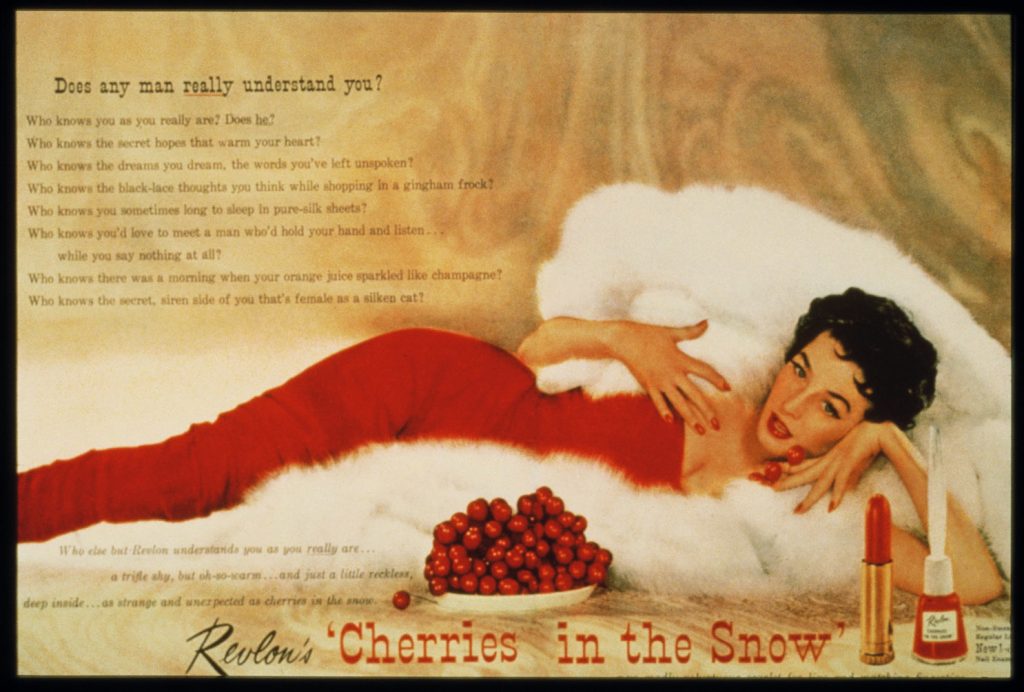
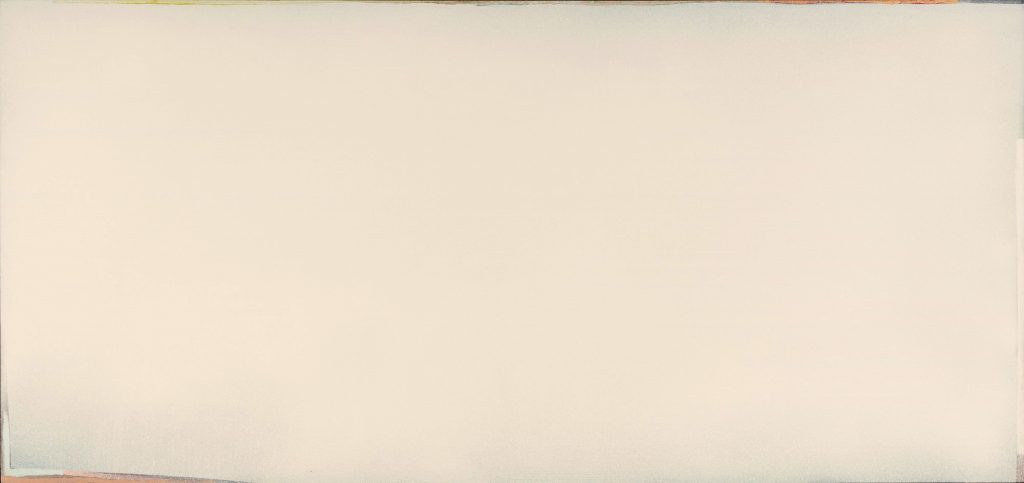

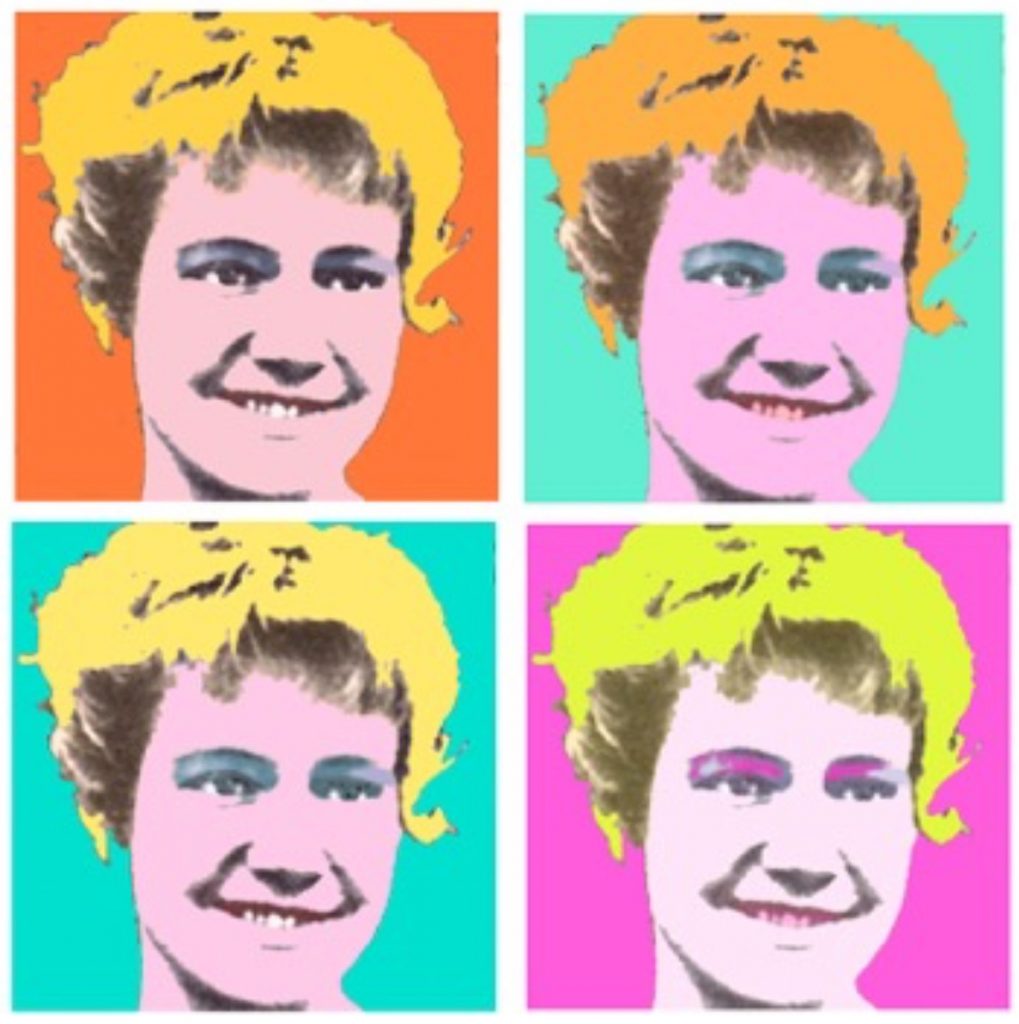
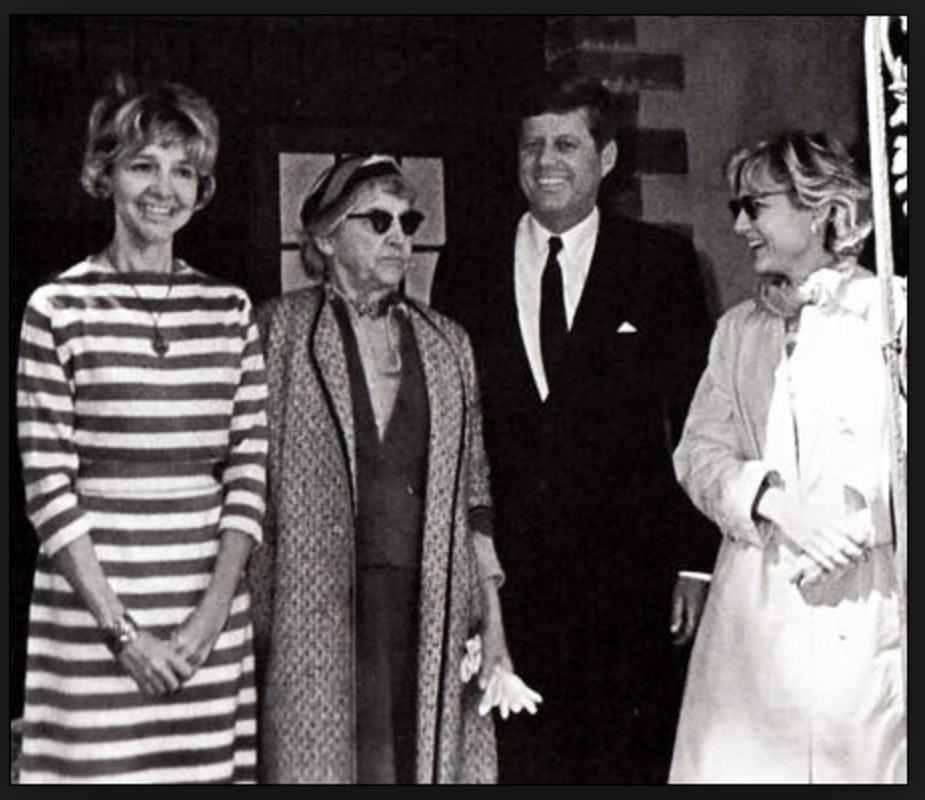
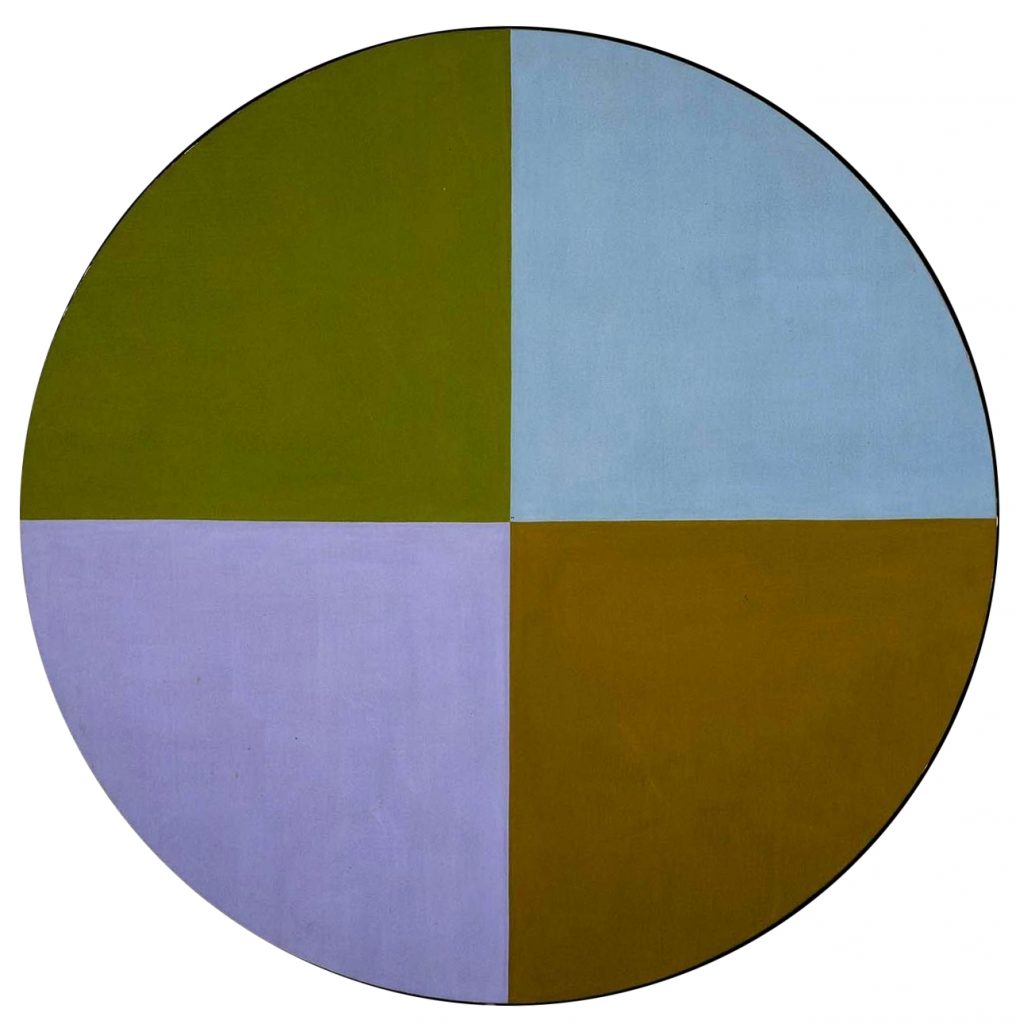

Such an interesting story of Mary Meyer, and you wrote it beautifully. I also loved reading about you.
Hi Kev, fascinating- but what was the CIA’s motivation? And why make a public spectacle out of the killing when they could have done it discreetly a hundred other ways? Nick Cash, another drummer and showing in Testing 1>2
Love this, Kevin. Goose bumps. Gonna grab those 2 Mary books. XV
Great article Kevin and very well written.
Kev, you have always been an amazing researcher of the arts and the humans who produce them. Nicely done! I want to read the 2 Mary books. When I think of you and a song from our youth together it is,” Bus Stop”.
Was Dana Sagalyn a thin hippieish girl with long brown hair from DC? Also, who is the artist who did the four-tych of Mary M?
If Mary’s diary was stolen and destroyed after her death, how is it known she detailed her affair and how is it known her acquisition of psychedelics coincided with her meetings with Kennedy? Is there another documented reliable source of that information?